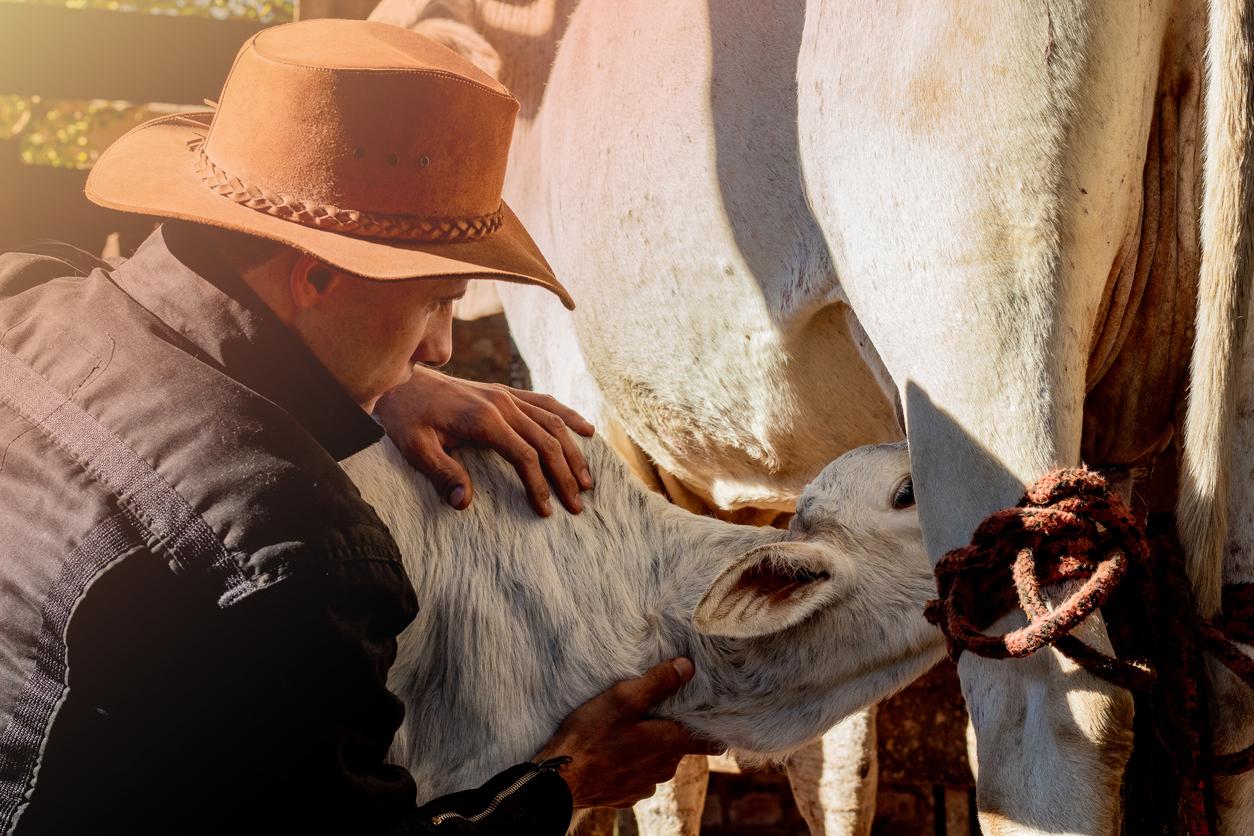Today JAMA published a research letter noting that public health authorities in nearly all states and territories surveyed (50 of 55) said they had the ability to monitor and test people exposed to highly pathogenic avian influenza A (HPAI) H5N1.
Jurisdictions varied, however, in their capacity to monitor exposed people, in their recommendations for when to use antivirals, and in their potential use of H5N1 vaccines, if available, among first responders.
Also today, the Kaiser Family Foundation (KFF) published a new report on the current demographics of farm employees, finding that a significant number are uninsured and live in lower-income households.
H5N1 was first identified in wild birds in North America in late 2021 and has since been detected in wild birds in 49 states, in mammals in 27 states, and in livestock in a small number of states. It has caused outbreaks in commercial poultry or backyard bird flocks in 48 states, the authors said.
In recent weeks, detections in dairy cattle and one farm worker in Texas have sounded the alarm for public health officials across the country. In the JAMA survey, respondents answered an online questionnaire about preparedness distributed from January 10 to March 6, 2024, before H5N1 was identified in cattle.
Third of jurisdictions would offer post-exposure antivirals
"Since January 2022, persons exposed to A(H5N1) virus–infected animals and monitored for symptoms were reported in 50 (91%) jurisdictions," said the authors of the JAMA study. Human exposure occurred 88% of the time due to backyard flocks, commercial poultry (82%), wild birds (54%), and sick or dead mammals (18%).
Among 49 jurisdictions with H5 virus testing capacity, 29 (59%) reported testing respiratory specimens from symptomatic people since January 2022. But in 66% of jurisdictions, public health authorities reported difficulties in monitoring H5N1-exposed people due to personnel shortages or lack of funding.
One-third of jurisdictions said they would recommend postexposure antiviral prevention for close contacts of anyone with laboratory-confirmed H5N1, and 67% said they would offer a vaccine to veterinary personnel responding to infected animals if it were available.
"Challenges reported in monitoring exposed persons and differences in antiviral recommendations highlight the need to strengthen and standardize public health preparedness and response to HPAI A(H5N1) viruses in the US, particularly if additional animal-to-human A(H5N1) virus transmission events are reported,” the researchers concluded.
20% of farm workers uninsured
To assess the potential risk for dairy farm workers, KFF reported demographic characteristics, income, and health coverage for animal production and aquaculture workers in the United States using data from the 2022 American Community Survey.
KFF found that 22% of workers were Hispanic, with 13% being non-citizen immigrants. An average of 20% did not have health insurance, and 18% had household incomes less than $40,000 per year. Overall, 16% had limited English language abilities.
In most of the affected states for which sufficient data are available, uninsured rates are higher among animal production workers than workers overall in a statistically significant way.
"In most of the affected states for which sufficient data are available, uninsured rates are higher among animal production workers than workers overall in a statistically significant way," the authors said. "For example, in Texas, 31% of animal production workers are uninsured compared to 19% of workers overall, and, in Ohio, 29% of animal production workers are uninsured compared to 7% of Ohio workers."



















